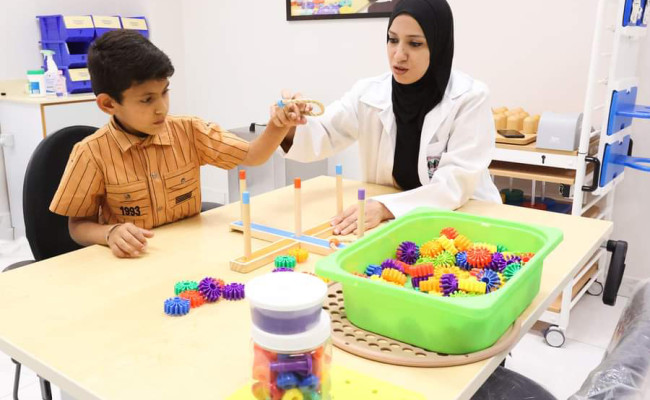Context: There has always been a concern in determining the relationship between orthodontic tooth movement and the consequent biological costs to the periodontium and tooth root. To date, fewer studies have investigated the relationship between bracket type and labial alveolar bone thickness (LABT) of incisors in both mandible and maxilla, using cone beam computerized tomography (CBCT) data. This information will strengthen our understanding of labial movement and provide insights concerning the changes that occur. The present aims in studying the same. Objective: To assess LABT and apical root resorption (ARR) of incisors in patients undergoing the first phase of orthodontic treatment with two types of brackets. Materials and Methods: 21 Angle’s Class I patients (anterior crowding: 3–5 mm; mean age: 17.58 years ± 2.38 years) were included in the study and randomly divided into two groups: Group I (n = 10, self-ligating brackets) and Group II (n = 11, conventional preadjusted brackets). LABT in two levels (L1, L2) and ARR were evaluated in 152 incisors by using CBCT scans. The CBCT scans were assessed by the same researcher, requested both at the beginning (T0) and 6 months after the initiation of orthodontic treatment (T1), with a level of sensitivity fixed at 25% by using Ondemand three-dimensional application Software (Version 1, Cybermed, South Korea). The two groups were compared with Student t-test (parametric data) and Mann–Whitney test (non-parametric data) while paired groups were compared by paired t-test with 5% significance level. Results: On comparing the changes in ARR of lower incisors, the results showed statistically, but not clinically, significant change for the conventional group. However, no significant difference changes were observed between both groups regarding LABT at L1, LABT at L2 and ARR of upper incisors. Conclusions: There was tendency of incisors to suffer less resorption when using self-ligating brackets, but the results were inconclusive and clinically insignificant.
Main navigation
- Main
-
About AAUP
Image


Give university
For those who wish to donate to the university, you can make your donations by filling out the donation form
-
Study
Image


Arab American University Library
A distinguished library at the local and international levels by providing all electronic and paper information resources.
-
University life
Image


Inspiring success stories from the Arab American University
Success represents the pinnacle of persistence in the face of failure. So, these are the success stories we will share with you that reveal the path taken by some of our university’s graduates.
-
University centers
- Center for Research and Polling
- Center of Excellence for Climate Change and Environmental Technologies
- Conflict Studies Research Center
- Continuing Education Center
- Dental Center
- E-Learning Center
- Hassib Sabbagh Center of Excellence
- Heart Center
- Language Center
- Medical Center - Ramallah
- National Digital Transformation Center
- Prosthetics and Orthotics Factory
- Simulation Center
Image

Medical Rehabilitation Complex
-
Research
Image


Arab American University Awards
As part of the university’s efforts to support and encourage scientific research, there are a set of awards to encourage researchers to excel in their original and valuable scientific production
-
Media Center
Image


AAUP ACADEMIC CALENDAR
An agenda to show the the important dates such as semester dates, registration, exams, activities, events, and holidays.
